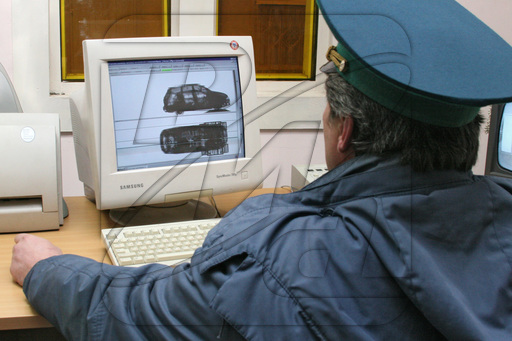French region Lorraine (Lorraine)
French Lorraine Region (Lorraine) is a province located in the northeast of France. The official administrative center of the region is metz City , in which the regional parliament is located.
The total population of the region is 2,350,657 people. The province on the coat of arms shows a shield, in the gold field of which a wormal digestion, burdened with three aericions.
Lorraine Square is 23,547 square kilometers. Numerous rivers flow through it, among which the most famous mez (Maas) and Moselle. Lorraine is the only French region, bordering three foreign states of Belgium, Luxembourg and Germany.
The French Region Lorraine (Lorraine) has long been the subject of discord and a territorial dispute between France and Germany, which greatly influenced the culture and history of the entire region. Modern Lorraine combines all the best features of the French and German presence, which it acquired in the process of centuries-old history, including in the times of German occupation.
Especially the German trail is noticeable in the architectural orderliness of the development of settlements, as well as in the linguistic feature of the disputed land. Directly in Lorraine, the Language Border passes: in the east, they speak mainly in German, and in the West use, as a rule, French.

HISTORY OF THE REGION LARINARGIY
The current region of Lorraine in the area is significantly inferior to medieval duke of Lorraine, but superior to a later historical province. In addition to this province, it includes the areas of the former provinces of Baroa and Troua-Evese.
During all the many years of history, the border of modern Lorraine changed repeatedly. So in 843, according to the Verden Treaty, the Unified Frankish state was divided between the three grandsons of Charles Great. One of them - Lotar, became the owner of the territory, stretching from the Fridium to Rome, where Lorraine was also included. In 870, the region received the status of duke, confirmed in 962 by Otten I, according to which it remained as part of the Sacred Roman Empire until 1766.
Throughout the XII-XIII centuries, the Duchy flourished under the leadership of emperors from the Gajenstaofen dynasty, but this development was completed in the XIV century due to cold winters, bad crops and black death. IN epoch Renaissance The region gradually began to recover under the Habsburg authority, which lasted up to the thirty-year war.
In the period from 1766 to 1871, Lorraine remained as part of France, caused for revisionism. The population of the province was mixed, but for the most part was German-speaking. In 1871, part of the region went under the jurisdiction of Germany, which broke up with it only at the end of the First World War; Nevertheless, Larringans did not want to be in its composition, remaining faithful to France.
With the exception of the period of World War II (1940-1944), the region remained French, and local authorities strongly prevented the spread of German and culture. French has become the only language in schools. After the wars, the majority of Germans left the area, but even those that remain, do not want the Union with Germany, even on the terms of autonomy.

Culture of the region Lorraine
Most of the inhabitants of the Lorraine region associate and relate themselves to France. Otto Bismarck von Franco-Prussian war attached one third of the territory from today's Lorraine to Germany.
The controversial third, also known as Mosel, had a difficult classification culture, as there were both Romanesque and German dialects. The latter are preserved in the northern part of the region.
Like most other regional languages \u200b\u200bof France (Breton, West Flemish Dealer, Provencal and Alsace), local dialects were largely replaced by French, starting with the emergence of compulsory general education in the XIX-XX centuries.
However, there are a number of projects for their preservation (the use of bilingual designation in the case of a German dialect and the creation of language classes for young children), and many older people continue to speak on them.

Sights of Lorarden
In fact, Lorrargania is located on the territory of a lively transportation, bordering Germany, Belgium and Duchy of Luxembourg. It is worth noting that the Metallurgical Industry is very developed in this French province, but this does not greatly affect the environmental situation in the region.
The historic center of Lorraine is considered the city of Metz, where you can see world-famous attractions , such as Malbruck Castle and st. Stephen's Cathedral As well as many monastery complexes that have survived to this day.
As for other popular tourist and excursion places Lorraine, then among them it is worth highlighting Square Stanislav (city of Nancy), Abbey Gorz. (15 kilometers south-west of Mets) and the Abbey of St. Victory (Shamber Island).
It should also be noted that the flourishing of most cities and settlements of Lorrainee was sent to the year before last, but many monuments of the cultural and architectural heritage of the region failed to survive the complex milestones of European history.
Lorraine was touched by both world wars, in which over half of the entire civilizational heritage was lost. Many buildings were restored after the war from scratch and carefully protected by government and citizens. Main cities in the region: Verden, Nancy and Epinal.



